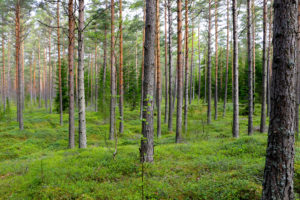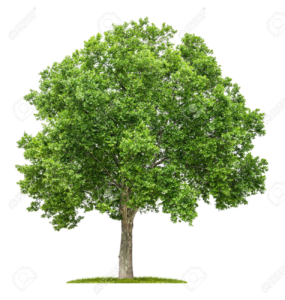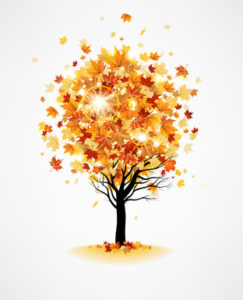My First Tree Alive
Almost everyone’s first tree experience has some embarrassing events. Nobody can be an expert right away; we all make mistakes that sometimes haunt us for years afterward. Some of us make worse mistakes than others, though. I think that if there was an award for being the most naïve person to ever attempt growing a tree, I would win.
When I decided to plant a tree of my own, I had the perfect spot in mind. There was a gap between my house and my fence of about 5 feet. It was probably the least traveled area of my whole lawn, and I thought it could use something to spice it up. Maybe if I provided some lovely shade, it would become more used by my family. I envisioned a little picnic paradise in the shade, where my family could go just to be with each other and nature. Boy was I wrong.
I decided on a nice apple tree.
Despite the risk of apples falling on our heads, I thought it would be a treat to sit under the shade and munch on delicious homegrown apples. Just the thought of this romantic, poignant activity was enough to make me drive my self to the nursery and purchase the first apple tree in sight. I didn’t know enough about trees to look at the roots or any of the signs that it could be an unhealthy tree. I spent the required amount of money and had the tree delivered right to my house.
I dug the hole right where I wanted the tree.
This took almost the rest of the day. Holes are an easy thing to underestimate. It’s easy to say that a hole will only take an hour or two, but once you actually start digging it usually progresses a lot slower than you would have estimated. By the time I actually got the hole big enough to fit the ball of roots, I certainly didn’t feel like digging another few feet around the perimeter as most tree planting guides suggest. I was just ready to place the tree. With the help of my morbidly obese neighbor, I lifted the tree across the yard and dropped it into my hole. Then, it was time to fill in the hole.
I couldn’t have been happier once I filled in that last shovel load of dirt. I stood back to admire my work. That was when my 3-year-old daughter said something that crushed my spirits, and haunts me to this day. “Daddy, that tree stands up like grandpa!” My father is a great man, and if she had compared any other aspect of the tree to him I would have considered it an honor. But unfortunately his back has been deteriorating lately, and he can’t stand up very straight. I noticed that my tree did indeed have a similarity to his posture.
Thinking this was a problem that the tree would naturally outgrow, I decided to leave it for a while to see what happens. Every day I went out to check on the progress of the tree; to see if it was any straighter than it was the day before. I daily had my spirits crushed when I saw that it had not improved at all. Not wanting to put forth the effort of removing it from my yard, I decided to just forget about it. I never went over to that side of the house again and almost completely pushed the tree from my mind. I decided that if any problem ever came about from leaving the tree there, I would pack up my furniture and flee the state. That’s how much I was humiliated by my tree experience.
After about 3 years of completely ignoring that the tree ever existed, I was sitting in my house one day and heard a loud crash. I ran outside to see what the problem was, just to see that my tree had grown to such an unmanageable size that it had taken out my gutter and part of my neighbor’s fence. I moved out of state within a week.




